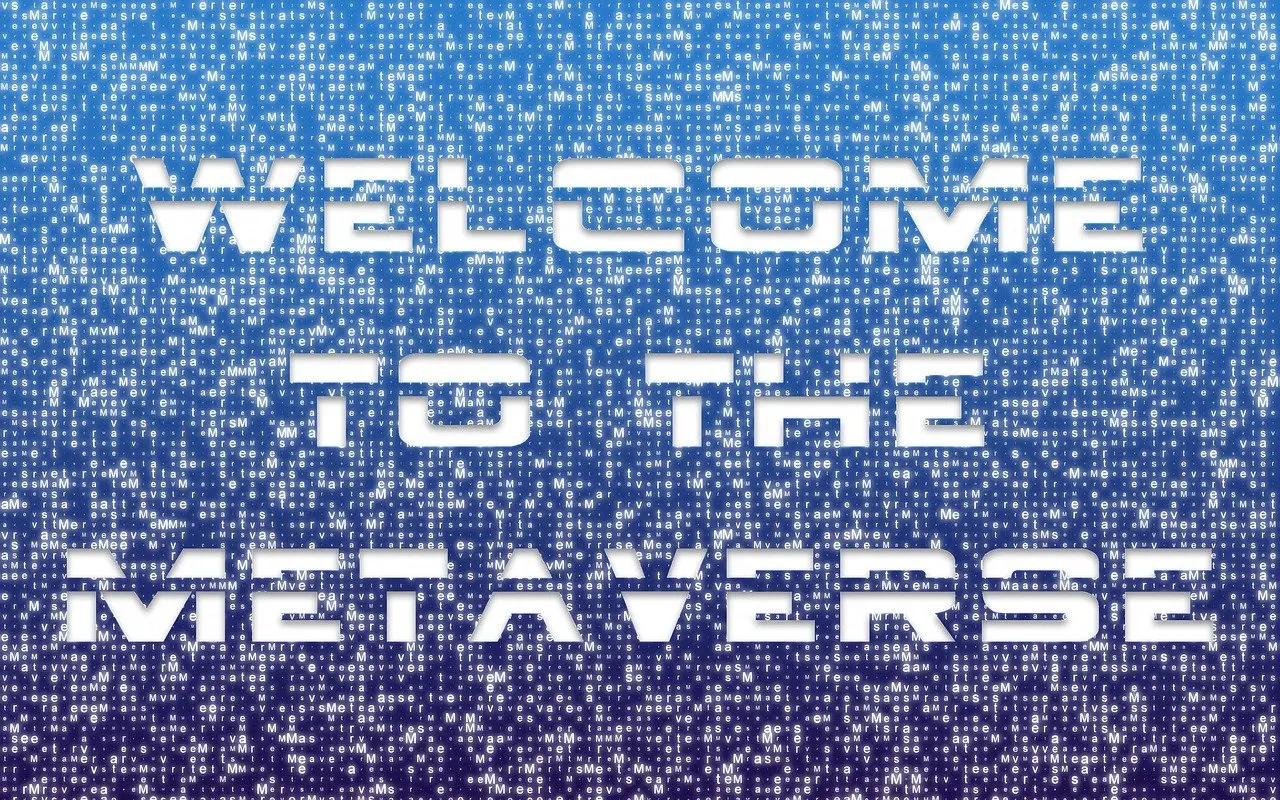Once you make the decision for content marketing to be part of your business plan, it is important to publish content on a regular basis.
It is likely that you have a number of ideas about what to create and how to promote that content. Before jumping into action, it’s important to have a plan in place. Create an editorial calendar.
What is it?
An editorial calendar makes it possible for you to organize thoughts and divide content into appropriate segments. It helps with advance planning, outlining tasks and allowing others to coordinate efforts. While it may seem like busy work, The Content Marketing Institute says, “many organizations fail to see ROI from their content marketing because they don’t create a plan for getting everything done.”
An editorial calendar keeps everyone on track to accomplish tasks and achieve goals.
How to do it
There are a number of ways to chart out an editorial calendar. It does not have to be complicated. Finding one that works well for you and the rest of the staff is really what matters most. Some people prefer old school methods such as a wall chart or white board.
Others create Excel spreadsheets to share. Trello, a project management tool, allows users to create a system of lists in a visual way. For large teams, this can be beneficial since it lets everyone quickly see what’s is being worked on and who is working on it. Everyone is informed about the status of specific projects with a quick look.
Other software such CoSchedule, the WordPress calendar, promises to “save you 30 minutes for every piece of content you create.” It does this by consolidating project management, marketing, blogging and social media tools into one calendar. This can be done from inside WordPress or its web app.
Google Sheets online spreadsheet app is a customizable tool and allows for simultaneous work. Colorful graphs and charts make the calendar easy to read. Like Excel, it has built-in formulas, pivot tables and conditional formatting options.
Getting started
As with any other marketing plan, it is important to know the audience. Content must be relevant or your customer will not be interested. Decide what your audience needs and wants and develop content to solve their problems and fulfill their desires.
Typically, it’s helpful to plot out the big things first. For example, holidays, major project launches, known industry “season” beginnings and endings should be considered. Many organizations then plan quarterly or monthly themes. Think about the biggest concerns your target audience will have. Anticipate ways to address these concerns. Doing this will make it easier to break down tasks into weekly and daily goals and deadlines.
It will also help you define just what is needed. While some businesses do well publishing weekly, other audiences might expect daily or hourly updates. An editorial calendar helps organize responsibilities for research, writing, approval and publication of content. Knowing how you will organize your content often helps in the creation of content to fulfill the overall marketing plan.
Getting it out there
In her award-winning book, “The Unbreakable Rules of Marketing,” expert marketing strategist Cathey Armillas states one unbreakable rule is consistency.
“Over the long term, a company that is consistent with its marketing message is going to whip a competitor that is inconsistent with its message, even if each of those inconsistent messages are compelling, creative, clever, or even superior,” she says.
Certainly, you can be compelling, creative and clever with content, but be sure to deliver it consistently. Again, this is where being able to physically look at an editorial calendar and see what is scheduled where and when is most beneficial.
Making concepts tangible for team members also keeps everyone focused.
When first starting out, consider the same day and time for the same thing. For example, post new blog content every Tuesday at 11 a.m. and Tweet about that blog every Tuesday at 11:30 a.m.. Watching metrics then becomes vital. Remember that while some experts state it takes 21 days for people to develop a habit, a 2010 study by research psychologist Pippa Lally at University College London found that on average, it took people 66 days for a new habit to feel automatic.
Monitoring statistics from your website and social media allows you to see where traffic is growing and falling, what kind of social media works and what does not.
Typically, over a month’s time, trends will start to become apparent. It is then very important to go back to the editorial calendar and make changes as necessary.
Considering the initial investment in creating the editorial calendar, some people may be adverse to change. This is natural. However, if you continue to stick with something that doesn’t work just because you have committed to the schedule, your goals will never be reached. Understanding the audience and the way they consume your content makes the marketing portion of “content marketing” successful.
If you have a content marketing program, or are planning one, download our ebook: 100 mistakes businesses make when starting, optimizing and scaling content marketing programs. Learn from the mistakes of hundreds of other companies. 100 mistakes walks you through common and uncommon challenges that they faced with their content marketing programs.











